When returning to the United States after visiting a farm or being in contact with animals in a country (or countries) with African swine fever (ASF), or any other foreign animal disease, you should declare this information to US Customs and Border Patrol via written form, airport kiosk, or verbally. Then you should be diverted for an ag secondary screening by an ag specialist. Unfortunately, reports to pork industry organizations indicate the secondary screening is not taking place routinely as required. To help the industry understand the scope of this issue and safeguard the health of the US swine herd, the Swine Health Information Center (SHIC), National Pork Board, National Pork Producers Council, and American Association of Swine Veterinarians are asking you to report your experience if you are not diverted for secondary screening with return to the US following overseas travel.
SHIC Executive Director Dr. Paul Sundberg will be aggregating this information which will be shared on behalf of these four industry organizations with Customs and Border Patrol in an effort to quantify this suspected lapse. Again, if you are NOT diverted for secondary screening after declaring you have been on a farm or in contact with animals in an ASF or other foreign animal disease positive nation, please email the following to [email protected]:
ASF is endemic in Sardinia, most countries of subSaharan Africa, and some West African countries. The spread of ASF through Russia, Belgium, the Caucasus, the Baltic states, Poland, and China is raising concern in the US pork industry. At present, ASF has never been reported in the United States, Canada, Australia, or New Zealand.
This travel protocol affects not just ASF-affected countries but any with active foreign animal disease. Review SHIC’s global disease monitoring reports here.
Thank you for your help as we continue to implement steps designed to reduce the risk of ASF spreading to the US swine herd.

The Swine Health Information Center (SHIC) continues to prioritize high impact, urgent return on investment projects to monitor, predict, prepare, and respond to emerging diseases. You are invited and encouraged to provide input into the SHIC 2019 Plan of Work, providing direction for upcoming priorities.
As you consider priorities for emerging disease projects, please use the following questions to inspire your input to SHIC. However, do not limit your consideration to these topics. SHIC desires stakeholders’ most visionary suggestions to benefit the health of the US swine herd.
Please provide your input for the SHIC 2019 Plan of Work to Executive Director Dr. Paul Sundberg. Email [email protected] or call 515-451-6652. Alternatively, you are welcome to share your suggestions with any member of the SHIC Board of Directors. Their contact information can be found here.
Please send your contributions to this process by December 14, 2018.
The Swine Health Information Center’s (SHIC’s) mission to protect and enhance the health of the United States swine herd requires providing information to producers, practitioners, and related stakeholders. Because your time is spent focused on the health of the pigs under your care, it is easy to miss the latest information on disease activity around the globe, how the industry is preparing in case a foreign animal disease is discovered in the US, as well as the latest in virus-related research and mitigation steps. SHIC, along with other pork industry organizations, works diligently on monitoring, preparedness, and prevention on your behalf. We consistently ask, “What if…” then investigate to find the answers. Do you know the latest on African swine fever (ASF) movement in Asia and Europe? Are you aware foot-and-mouth disease is active in South America? Did you realize there is concern over feed ingredients being a conduit for virus transmission? SHIC and the other pork industry organizations can help inform you!
Because farm broadcasters play an important role in communicating this crucial information to producers, Dr. Paul Sundberg, executive director of SHIC, attended the 75th Anniversary of the National Association of Farm Broadcasters Trade Talk last month in Kansas City. During Trade Talk, Dr. Sundberg visited with farm broadcasters from across the country, updating them on the latest details about ASF, recent research results, and steps producers can take to help keep their herds safe. A common message was to never assume a diagnosis when a morbidity or mortality event happens on the farm. Always involve the veterinarian to get a professional diagnosis because often times ASF or classical swine fever can clinically look like other, endemic production diseases. In addition, new materials developed by SHIC and related pork industry organizations, including the Seven Questions to Ask Your Feed Supplier, were discussed and shared with the broadcasters.
Other channels for sharing this information include the SHIC website, monthly e-newsletter, special reports as warranted, articles shared with the American Association of Swine Veterinarians, as well as industry media.
Additional resources included on the SHIC website include:

Few monitored diseases were above expected or predicted level in the November domestic swine disease report from the Swine Health Information Center (SHIC). Porcine reproductive and respiratory virus was one of those above expected levels. A trend to increasing positivity in adult/sow and unknown categories was noted. There was a spike in porcine delta corona virus PCR positive tests but only a limited number of transmissible gastro enteritis cases. Accession ID cases investigated for central nervous system (CNS) issues rose with nearly 9 percent more in November 2018 than the same month in 2017. The number of cases per agent have similar distribution this fall, compared to the same season of previous years. Streptoccocus suis is still the major agent causing CNS. Detection of influenza A (IAV) as a single agent was less frequently detected in 2018 than previous Fall seasons of 2017 and 2016. Complete details on the report can be found on the SHIC website by clicking here.

Per the Swine Health Information Center December global disease monitoring report, November was another challenging month for the Chinese authorities and swine industry, as there was a significant expansion of the African swine fever (ASF) epidemic, continuing its southward spread into six new provinces. On November 30, the European Food Safety Authority (EFSA) published three reports updating the ASF epidemiological situation in their region. In these reports, experts have assessed the effectiveness of wild boar control measures in the region including intensive hunting around the buffer area, quick and safe carcass removal, and fencing. Also, in mid-November, Japan reported the second outbreak of classical swine fever (CSF) on a farm in Gifu prefecture since last September, when the first case of the disease since its eradication (2007) was reported by the country. Several cases in wild boar were reported as follow ups in these last three months. Complete details on the report can be found on the SHIC website by clicking here.
Copyright 2024 | Swinehealth.org | Website by Heartland Marketing Group